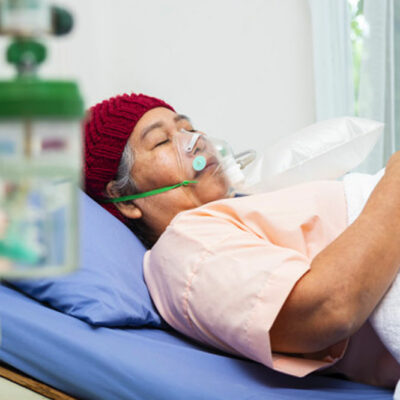
Health
Surgical Treatment Options for Ovarian Cancer
Cancer is one of the most complicated conditions in the world today. Treatment options for cancer can be different from one person to another as they depend upon multiple factors. Treatment options also vary from one type of cancer to another. When it comes to ovarian cancer, factors such as the stage at which the cancer is at, how far the tumor has spread, and which parts of the body it has spread to, are some of the things which are taken into consideration. Surgical treatment options are widely considered for many types of cancer, including ovarian cancer. Based on the extent to which the tumor has spread and several other factors, various surgical treatment options are available. The following are some of the most commonly seen options: Hysterectomy In this treatment procedure, the major focus is on the removal of the uterus and the tissue around it. The procedure would be known as partial hysterectomy if only the uterus has been removed in the procedure. However, if the procedure involves the removal of both the uterus and the cervix, then the procedure would be considered as a total hysterectomy. Salpingo-oophorectomy If the surgical treatment involves the removal of fallopian tubes along with the ovary, then the procedure is known as a salpingo-oophorectomy.
Read More 















